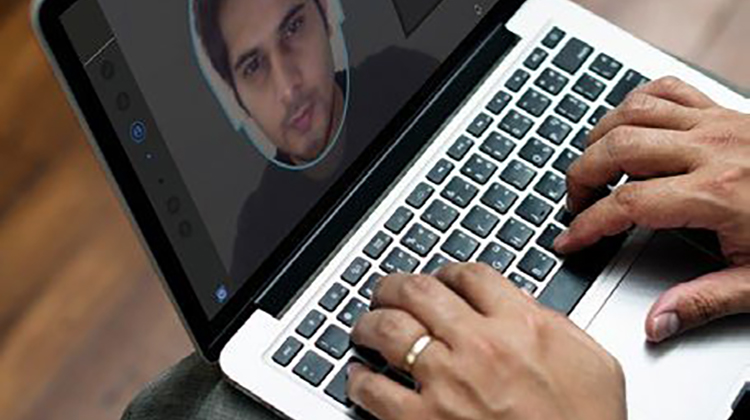How AI supervised remote exams make assessment possible

As education contends with remote delivery, the question of how to supervise examinations needs to be addressed.
Janison has a history of being quick on the uptake, the Australian company was doing edtech long before that term was coined. In addition to its global-scale assessment platform, which delivers tests for educators in more than 100 countries, adoption of its proctoring software Janison Remote is gathering momentum. It’s clever stuff, leveraging AI to oversee exams held off site.
“We’ve just signed an agreement to deliver university admissions tests in the Czech Republic, we’ll be delivering up to 50,000 high stakes tests in Czech and Slovak this year and because of the COVID-19 scenario we’ll be delivering them using proctoring technology,” says Derek Welsh, COO of Janison.
“The technology is being widely adopted now because COVID-19 has largely stopped physical exams. COVID-19 is kind of a fast track, in some ways it has been an opportunity for us, because we’ve taken this digital journey that aids us in this kind of scenario as we have already done a lot of the heavy lifting.”
Janison Remote operates via the web camera using AI face-recognition software and a raft of advanced technologies. It is both a browser extension and desktop app that distributes load processing and optimises performance.
The software records an exam session from start to finish, recording video, audio and desktop screen throughout the session. It allows students to continue their education from the safety of their own homes amid the current lockdowns.
Video-enabled software supervises and monitors the entire exam, noticing if the candidate leaves the room or leans away from the view of their web camera and when additional people are present.
Janison Remote can track suspicious activity where a candidate may be reviewing restricted content as the technology follows the test-taker’s eye and head movements, so if they look down for a certain period, this would be flagged as an incident. It can also track potential unauthorised use of a mobile phone during an exam.
Safeguards in the software allow for remote monitoring of a candidate’s session and desktop when completing an online assessment. Opening a browser and browsing the web or using another application during the test are monitored and the software takes a screenshot if it occurs.
Candidates’ identification is still checked at the commencement of an exam in the form of identification and facial scanning. This uniquely registers the applicant taking the test.
Incorporating a real human with the technology adds another layer of security, a staff member can sit in and monitor the video feeds and intervene in a candidate’s test in real-time.
If an internet connection fails, the test environment can continue to play and record the students' responses and provide the proctored session back to the server later.
“We believe that even after COVID-19, the work that has been done to deliver exams digitally in a short period of time will be here to stay as we realise the value in hybrid delivery, it will never replace physical connections in the classroom but we certainly think it will compliment what is being delivered in class,” Welsh says.